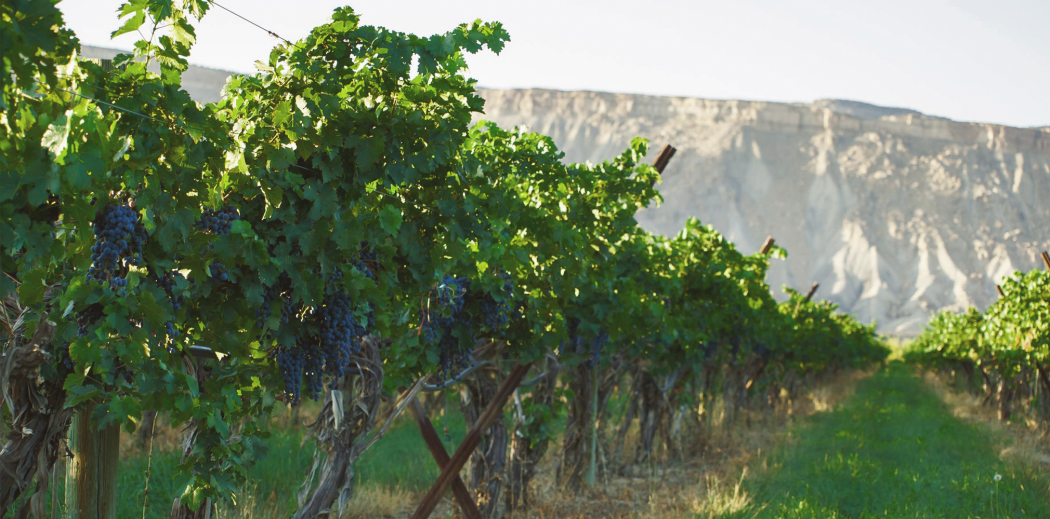They say fortune favors the bold, but unfortunately for Petit Verdot, it was that boldness that got it trapped behind-the-scenes. Full-bodied and tannic with unique notes of violet, Petit Verdot became a desired blending grape, particularly for adding body to Cabernet Sauvignon. Originating in Bordeaux (for those curious, it favored the Left Bank), its one of five key red varietals from the area yet rarely gets the recognition of a single varietal bottle. A true shame, but, thanks to Bordeaux effectively removing it from the area, about to no longer be the case.
The Story of a Grape That Was a Little Green
Petit Verdot translates to “the little green one,” and even if you don’t know French, you’ll notice that Petit Verdot is not, in fact, a white wine. Its name stems from how long it can take the grape to ripen, with many grapes still green and unready to be picked by harvest time. Unsurprisingly, wine producers weren’t super thrilled with this and frustration eventually led to action. Many Petit Verdot vines were ripped out and replaced with Cabernet Franc or Merlot. Luckily, warmer weather regions weren’t about to let the grape fade into obscurity.
Thriving on lengthy days and copious amounts of sun, Petit Verdot found a new home in the New World, where it gained recognition for itself and not just its role in blends. What this means is when you’re hunting for a bottle, for the best taste and value, look for those from Australia, Argentina, Chile, Spain, and the United States.
Bottoms Up
Petit Verdot is most similar to Cabernet Sauvignon and Zinfandel, pairing black fruit and leather flavors with spice and hints of sage and lilac. Given its strong tannins, the wine can age for over ten years if you’re looking for something a little softer. Of course, region impacts wine, and knowing what each terroir will yield is key to finding the bottle that’s best for you.
Spain: Spanish Petit Verdot will be higher in tannins and, if the darker color is any indication, the flavor will be bolder. Expect peppery, licorice notes. Decanting is recommended.
The United States: Here you’ll find fairly traditional Petit Verdot flavors, though American winemakers tend to age in oak to soften the wine and add hints of vanilla. It’s still popular in Bordeaux blends, but winemakers, primarily in California and Washington, have been testing it out as a single varietal.
Chile/Argentina: We’ll lump these two South American regions into one, as the dark, blackberry-flavored wine is very similar in both. Expect them to be a bit more herbaceous.
Australia: Australia has been a great champion for Petit Verdot. The climate alone gives it an advantage, but winemakers have been perfecting the art of aging it well. The country has 1,350 hectares, almost twice as much as France and just 400 hectares shy of the United States. A word to the wise, however: some critics maintain that Australian producers treat it too much like Shiraz rather than focusing on its unique needs, leading to wine that’s overly tannic.
Given its bold flavors, Petit Verdot pairs well with similarly strong foods. Think aged hard cheeses, lamb, and mushrooms, or next time you’re having Mexican, skip the margarita and opt for a glass of Petit Verdot.








